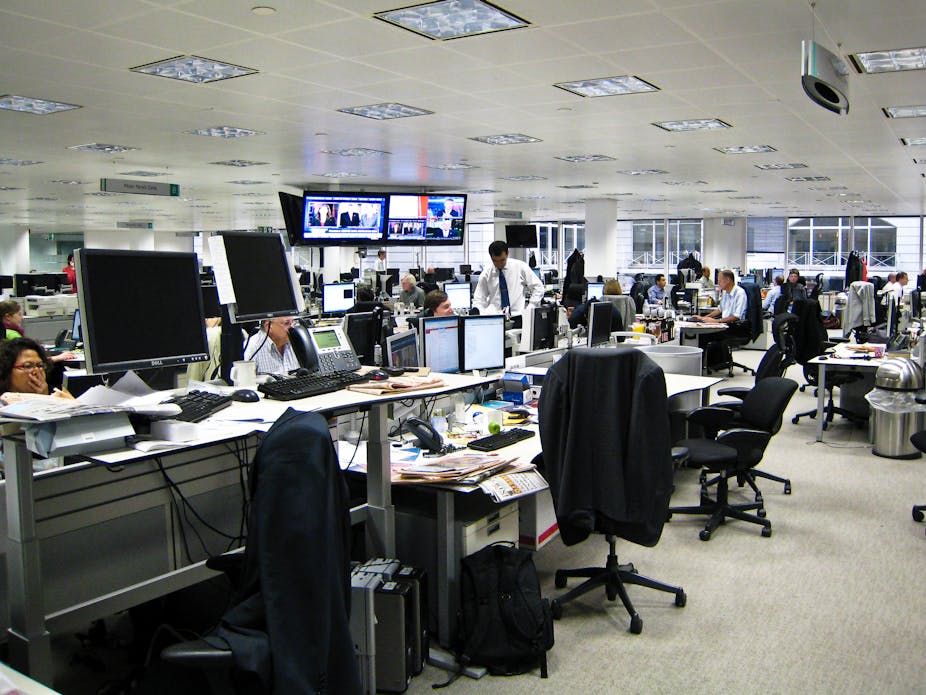Australia’s media sector refuses to acknowledge there is a sexism in newsrooms, despite female journalists experiencing sexual harassment at a rate more than twice that of the general workforce, says Monash University researcher Louise North.
Dr North has just finalised the largest ever survey of female journalists in the Australian news media, building on a 1996 survey by the Media, Entertainment and Arts Alliance and the International Federation of Journalists.
The survey of 577 female journalists working across all media platforms found sexism and sexual harassment towards women is a systemic problem in Australian newsrooms, with 57.3% of female journalists having experienced some form of sexual harassment, up from 51.6% in the 1996 survey.
And the research found sexual harassment is not something that women had experienced in the distant past - most of the sexual harassment had happened in the last five years.
“We’re talking about sexual harassment being experienced by a whole range of women, senior and junior, metropolitan and regional, and across all media platforms,” Dr North said.
“The culture in the newsrooms is blokey, it’s as simple as that,” she said. “It is a culture of sexual harassment being accepted.”
The survey also found that 67% of respondents thought men and women were not equally represented in senior or decision-making levels in newsrooms.
But despite a 2011 study by the International Women’s Media Foundation finding women occupy just 10% of senior management roles in Australian newsrooms, and sexual harassment increasing, Dr North said the industry refuses to acknowledge the problem or take action to address it.
“You’re not going to get an industry in complete flux say "Let’s deal with gender inequality”. They’re completely focused on their business models and how they will continue to make money,“ Dr North said.
She added that protocols and policies were required, along with support from senior management, the union movement and educators.
However there were challenges with getting teachers involved, Dr North said, with very few universities including gender issues in undergraduate journalism courses.
"Universities are being infiltrated by men who have left the industry, older men who are not experienced in gender issues or would not acknowledge that gender is a problem,” Dr North said.
Meanwhile journalism courses had been flooded by women in recent years, and universities had to play a role in ensuring there was a gender balance, said RMIT journalism lecturer Alex Wake. At RMIT the journalism teaching faculty is dominated by women.
Ms Wake said it’s likely that women are more prone to reporting sexual harassment than they were in the past, with young women expecting a different experience in a newsroom than those who came before them. She added that sexism had never been appropriate in newsrooms.
Dr North said young women are reluctant to use the term “sexual harassment”, because it was linked with feminism, and feminism had a bad name among young women.
“Young women do want to be able to challenge these inequalities, but of course in the environment we’ve got in the newsroom today, who would be brave enough to put up their hand and complain?”
Dr North said the intern who rose to attention in August for labelling editors at the Herald Sun sexist, homophobic and hetero-normative in an anonymous column in Farrago magazine was an example of what could happen when women spoke out on the issue.
“What that young woman did is give academic words to what was happening in the industry, but she was castigated for it within the industry,” Dr North said.
“I think what she did was very brave.”

